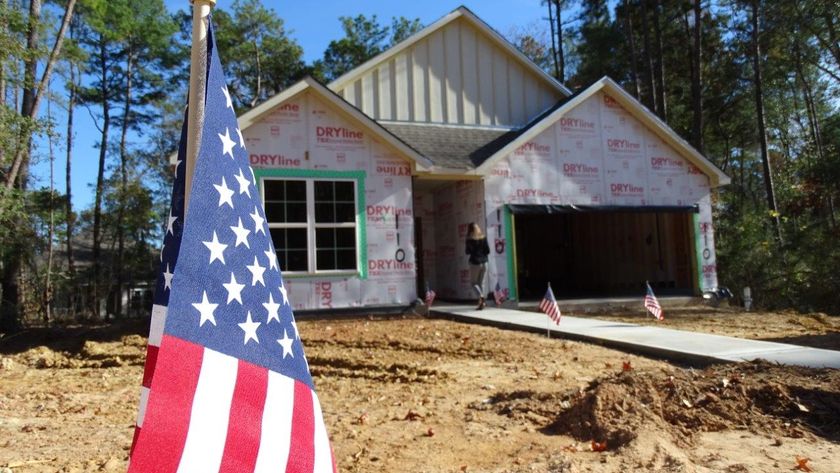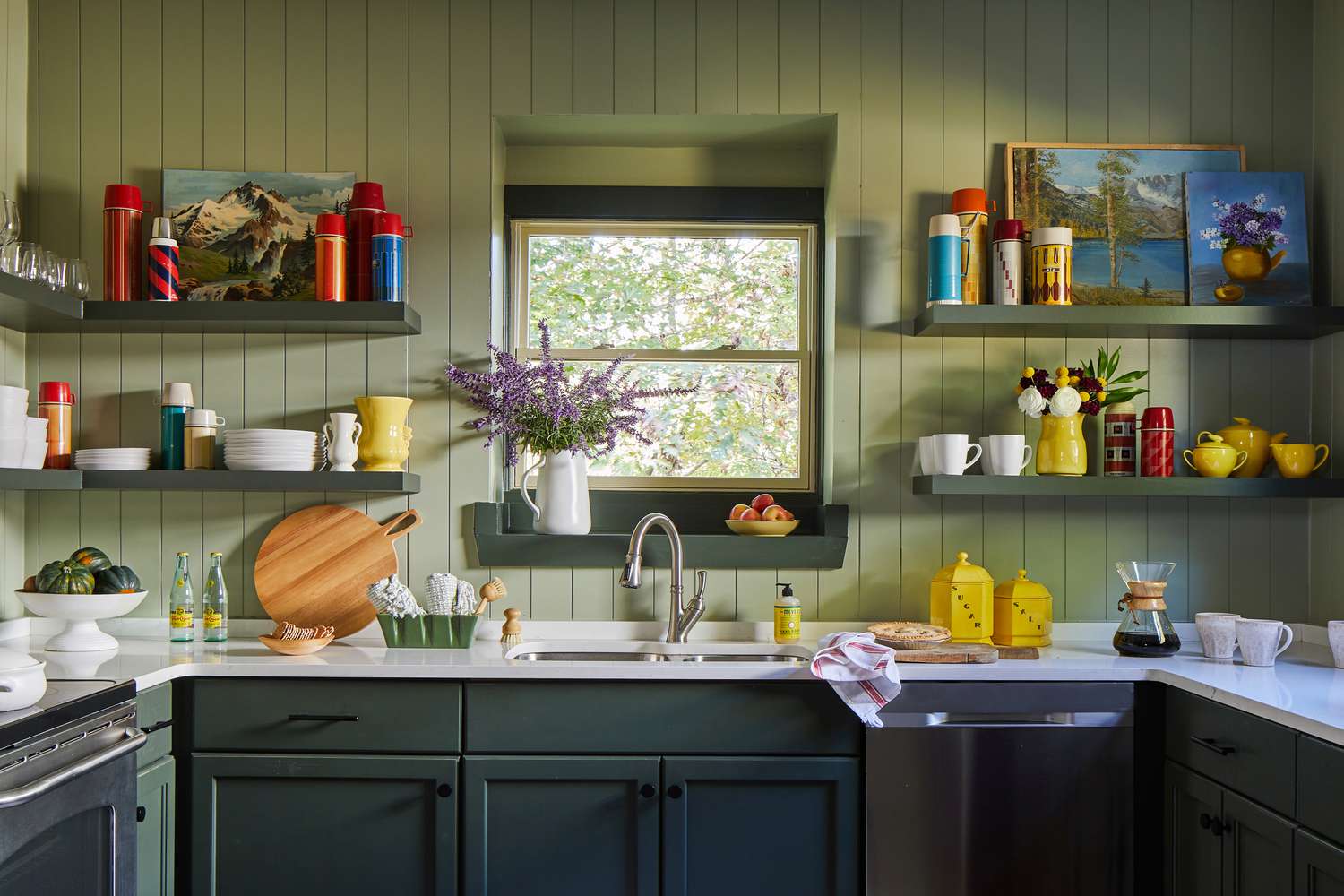Home improvement ventures in Texas saw a decrease in 2024, according to a newly released report from the Construction Coverage. This report, which systematically studies and analyzes home improvement spending patterns in Texas and across the US, detailed findings that suggest a decline in spending and borrowing for home improvements.
In Texas alone, the findings reveal that last year, homeowners applied for a relatively low total of 17,995 home improvement loans. This places Texas third from the bottom considering the total number of homeowners in the state, with approximately 2.7 loans per 1,000 homeowners being taken out. The figure becomes concerning when referenced against the fact that this represents one of the lowest borrowing rates among all states.
According to the same report, the median loan amount among Texas borrowers in the year was $85,000, carrying a median interest rate of 7.5%. From a broader perspective, considering the high interest rates and soaring prices, 2023 proved to be a tough year for home improvement spending across the board.
For better context, the data sourced from the Home Mortgage Disclosure Act reveals that in the US, the total number of single-family home improvement loans originated experienced a steep decline from almost 745,000 in 2022 to a mere 565,000 in 2023.
Geographically, among the larger metro areas in the US, the Salt Lake City metro demonstrated the most investment in home improvements. This region saw an approximate 15.3 home improvement loans originated per 1,000 homeowners. The neighboring Mountain West, Pacific Northwest states in Oregon, Colorado, and Washington, as well as the New England regions of Rhode Island, New Hampshire, Vermont, and Massachusetts followed closely behind.
However, trends at the polar opposite end of the spectrum also surfaced in this report. Homeowners in Louisiana took out 2.1 loans per 1,000 homeowners, making it the state with the lowest rate of home improvement loans in the country. Texas comes a close third in this category with homeowners in Mississippi and Alaska also investing lower than half the national rate, thus painting a rather dismal picture of home improvement activities in 2023.
While on the surface, this can be interpreted as stagnation or downward trend, it is also essential to consider the escalating costs and high-interest rates. These factors could be dissuading homeowners from taking up fresh loans or venturing into new home improvement projects. This could imply an industry-wide slowdown rather than a lack of interest from homeowners.
Therefore, understanding these trends and figures is pivotal in advancing home improvement strategies more strategically. These insights help in shaping policies and creating offerings beneficial to both homeowners and lenders. Understanding the need for home improvement, adjusting interest rates and loan amounts could potentially enhance the situation for homeowners and in turn, the industry at large. These findings indeed present an intriguing perspective on home improvement spending, and it warrants a thorough examination of the complexities influencing these trends.
The Construction Coverage’s Home Improvement Spending Report thus serves as an illuminating overview of prevailing trends, statistics and figures, enabling a better understanding of the home improvement industry’s present state and potential future directions.




